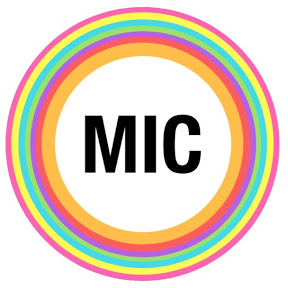DVD players in many classrooms are either missing or broken due to ongoing technology problems at SUNY Old Westbury.
Broken players in the New Academic Building (NAB) and in room F114 of the Campus Center often require faculty members who want to show a DVD to surrender a driver’s license to the IT help desk to secure a laptop which then must be connected through a complicated process in a classroom.
“Some of the faculty might find it very daunting to figure this out,” said Karl Grossman, professor of American Studies/Media and Communications. “I don’t know how smart it is to have ‘smart classrooms’ when they are not in fact user friendly.”
When the NAB opened in 2012, it was meant to contain the most vital technology in the “smart classrooms” but the technology has become outdated.
Expressing concern, the faculty senate on November 2nd passed a resolution on classroom technology stating that surrendering a driver’s license to the help desk “raises concerns of privacy” and the use of a portable player or laptop computer to show a DVD “can result in connectivity problems, delays, and confusion during the precious minutes between classes when students have questions or need assistance.”
The resolution added that “connectivity issues, and bandwidth limitations, prevent reliable streaming of online video resources as an alternative” and “inadequate or poorly functioning classroom technology can hinder effective teaching, create an impression among students that the College is not properly equipped and have a negative impact on students’ learning and experience at the College.”
The resolution called for the IT department and/or the IT governance committee to provide a report about the state of the “smart classrooms” and a “schedule for refreshing equipment when needed.” It also called for IT to “work with Academic Affairs and affected departments to ensure that a complete and up to date array of reliable devices be provided promptly in each of the rooms currently designated as a classroom with technology.”
Evan Kobolakis, assistant vice president, information technology services and chief information officer, claims that his department is currently working to replace the DVD players. But so far, faculty members have seen little progress.
A teacher who preferred to remain anonymous said she didn’t understand why the IT department shrugs its shoulders when confronted with the faulty machines. “It’s an ongoing problem” that they don’t seem capable of fixing, she added.
A student who used to work at the help desk, who also wished to remain anonymous, said, “When I worked there urgency was not a big thing.” According to two faculty members, some IT personnel are willing to help them with DVD’s in the classrooms, while others refuse.
A person with knowledge of the problems said that the IT department believes that DVD’s may not be used in several years and therefore the department is reluctant to spend any money to replace the machines. Instructors who teach film courses, however, point out that many older films are only available on DVD’s.
The failure of DVD players is a symptom of the larger IT problem on campus where equipment and the Internet frequently break down.
“Most of the educational technology is coming from that wonderful thing called the student technology fee,” Kobolakis said. The student technology fee is currently $182.50. The fee is supposed to cover IT services in addition to funds IT receives from the school’s budget. According to the Overview of the College Financial Resources for 2017-2018, the College Financial Plan, the Information Technology Services should have received nearly $3 million.
Kobolakis claims to understand that functioning equipment is vital to teaching. He noted, “If there is a demand for that technology to be here we will continue to support it until a full solution will come in to replace it.”





